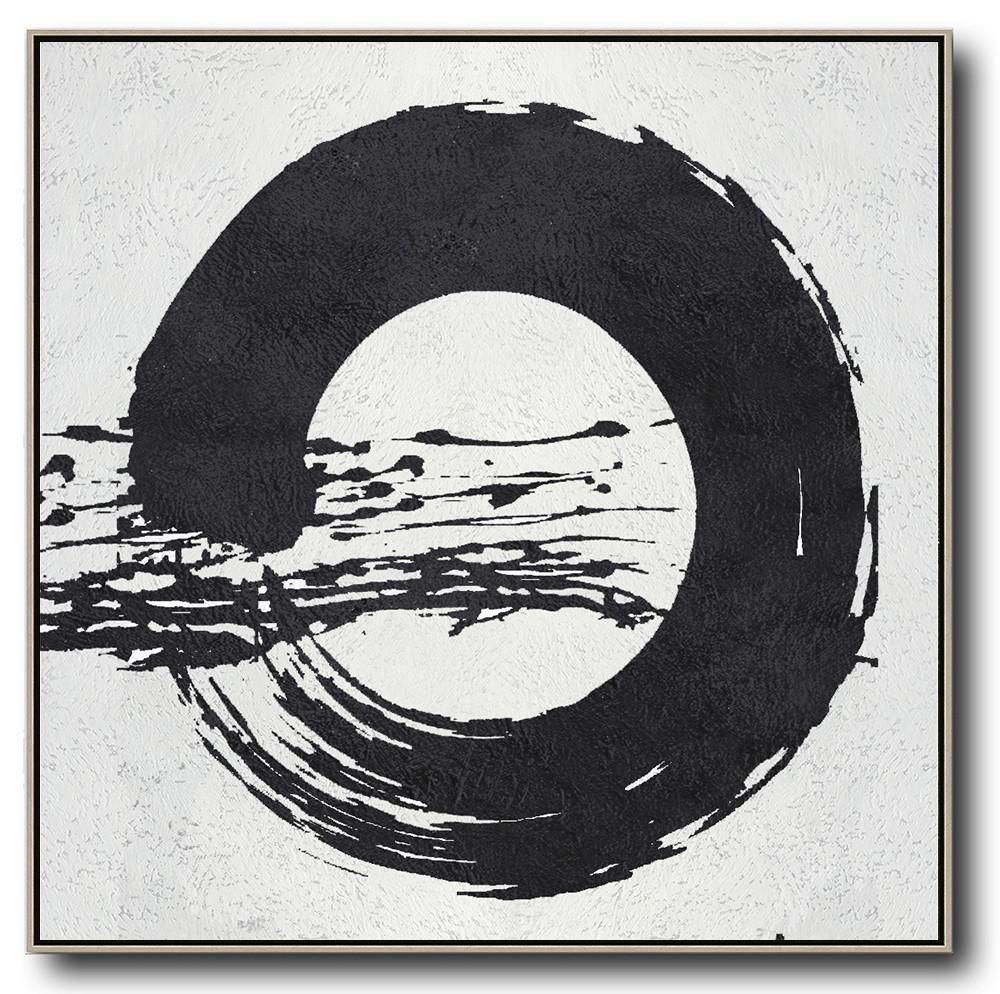TAKE 5% OFF YOUR ENTIRE PURCHASE TODAY! MORE COUPON CODE
Our Products
All of our products are hand-crafted and include hanging hardware. Gallery-Wrapped Canvas Our canvas prints are wrapped around a quality 1.5" thick wood frame. The artwork you select wraps around the frame for a stunning look at every angle. 2 Panel Triptych Canvas Triptych canvas prints are a great way to take one image and create a canvas grouping. They’re an excellent design solution for larger spaces. Featured artwork: Free Flow by Circle Art Group Poster Prints and Wall Peels Poster prints and wall peels offer both an affordable art solution as well as the option to select a more unique frame elsewhere. Materials Every masterpiece created by our artists is hand painted using the finest materials available. This ensures the longevity and preservative quality of your painting. Our artists choose to use Blockx Artist Oil Colors. Five generations of chemists in the Blockx family have been working since 1865 to perfect the Blockx Oil Colors. Today, Jacques Blockx IV and his daughter Catherine Blockx (Generation V) carry on this great tradition. Their workshop in Belgium resembles a winemaker’s chateau more than a modern industrial factory. Together, they produce color in the tradition of the Flemish masters. Our artists use superior quality, medium-weight, 7 oz, 100% cotton duck canvas for more delicate works or a 10 oz, 100% cotton canvas that is coated with acid-free titanium gesso for heavier paint applications. The Painting Process Step 1: Sketching on a canvas All great paintings start with a sketch. That’s why when we begin a painting, we use charcoal or pencils to sketch the rough shapes and figures onto the canvas. This gives us an opportunity to focus on composition in the painting. Step 2: Painting the undercoat color Starting with the larger brushes, we begin to apply paint to the canvas. Following the charcoal outline, we paint the basic shapes and colors, keeping the edges soft. We’ll paint the background, fill in the main subjects and not worry about small details. If you saw the painting at this stage, you may not recognize it. Step 3: Building the forms This is where we begin building forms of objects and play with color relationships. We paint in light and dark values of colors, building up or reducing the hue intensity to create depth. After each stage the paint needs to dry before we can move forward. Step 4: Adding textures Here, we’ll focus on the techniques or effects that the original artist used. By using different brush sizes and types, by utilizing different painting techniques, or by just using more or less paint on the brush, we can add the textures, character and unique features of the original painting. By knowing how to recreate an artist’s signature style our own skills and creativity get a chance to shine. Step 5: Adding details, cast, shadows & highlights By deftly adding color or shading to the painting, we can make sure that each object in the painting has the prominence that the original artist intended. We focus on color density, shadows, background and other elements of the painting. Step 6: Completion and finishing touches After we’ve finished the painting, we aren’t done. Now, we’ll bring a few of our master painters, with more than 15 years of experience, into the studio to offer opinions. We can also email a photo of the painting to the customer and make any changes they request. Then, our most senior artist examines the painting. Only upon his final approval is the painting moved to our shipping department. |














